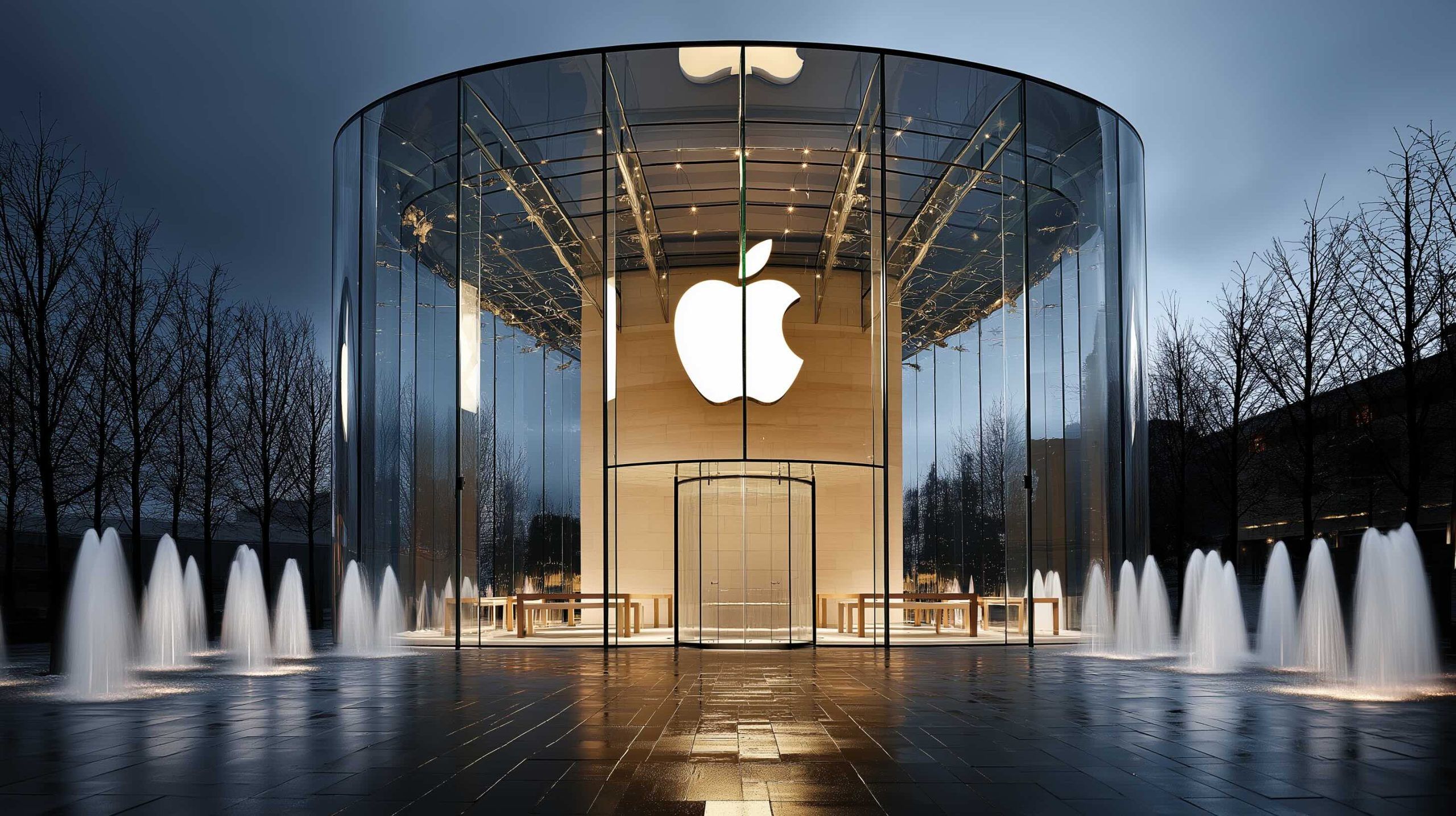
Apple’s July 2025 Bombshells: Foldable iPhone, AI Secrets, Encryption Showdown & More
A foldable iPhone is expected in late 2026 alongside iOS 27, with a 7.8-inch inner display, a 5.5-inch outer screen, a titanium-steel hinge from Samsung Display, a price around $2,000, and Touch ID on the side button replacing Face ID.

